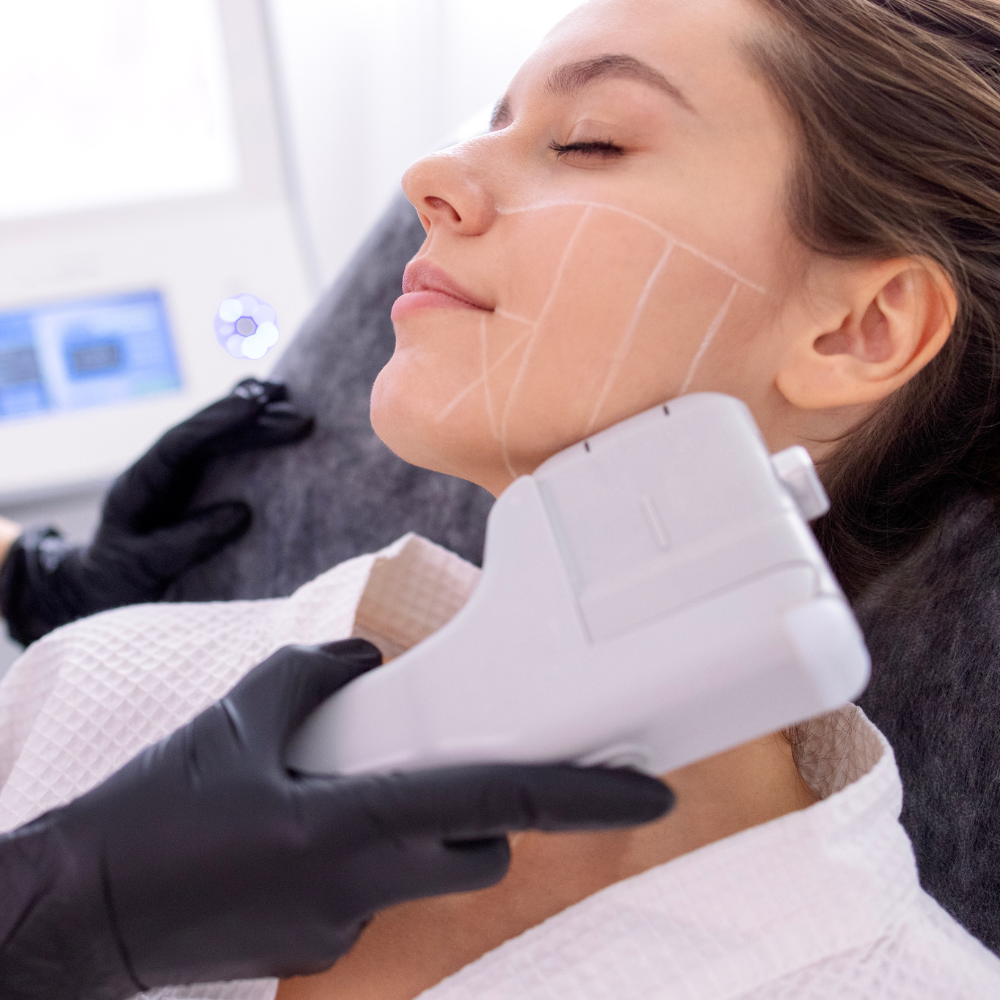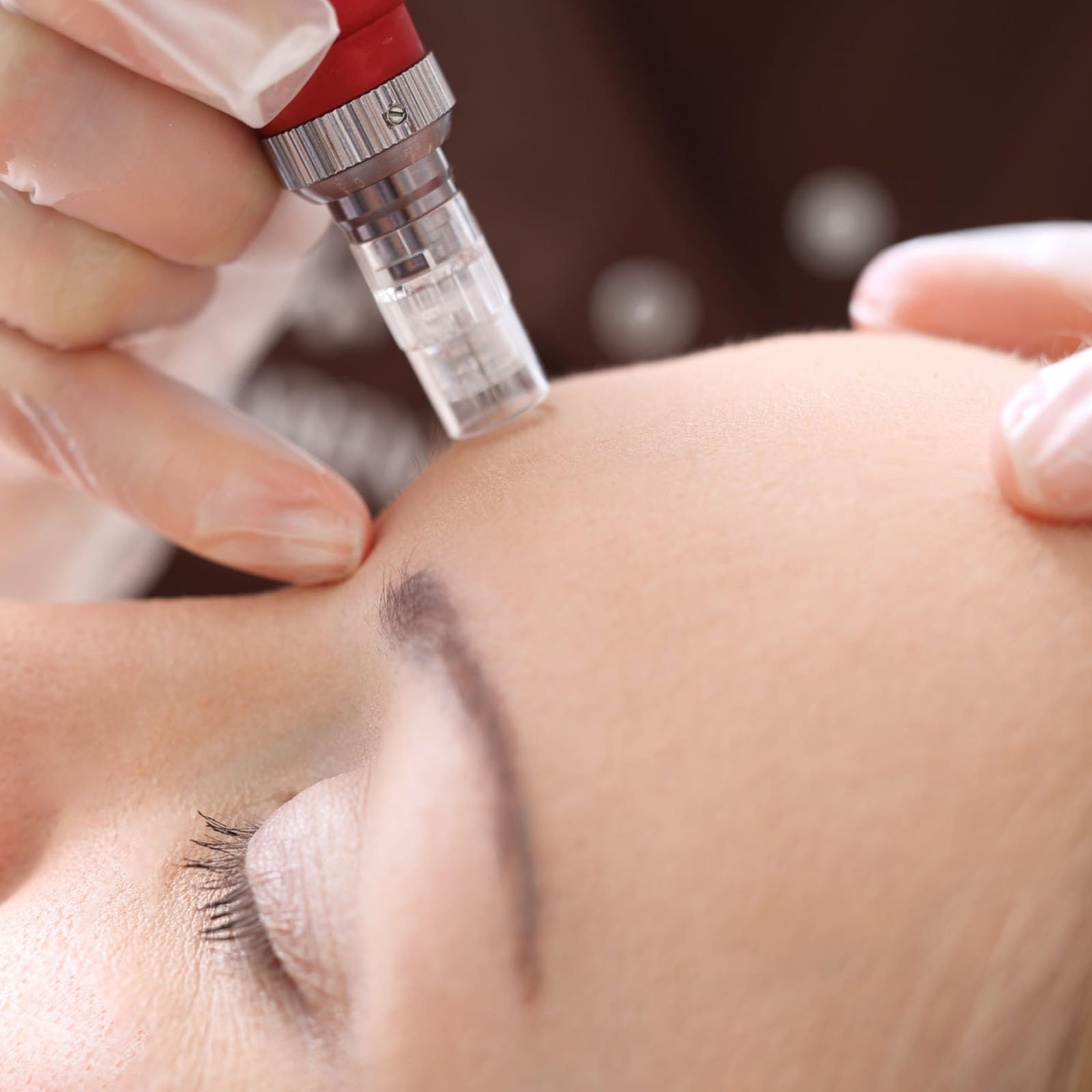HIFU
Lift and tighten your skin with HIFU at Timeless Med Spa! Smooth wrinkles and restore firmness without surgery. Book today!

HIFU: Non-Surgical Skin Tightening for Face and Neck
The Hifu (High Intensity focused ultrasound) offers skin tightening treatment for face and neck. With the aging there is reduced elasticity off the dermal layer resulting in changes such as wrinkles, sagging skin and fine lines. Hifu is a form of energy that is significantly different that
light such as IPL and Radio Frequency energy. Hifu treats beyond the dermis layer, where structural skin weakening starts due to aging. The treatment is a non surgical process.
Facial HIFU
HIFU uses focused ultrasonic waves to reach deeper layers of the skin, stimulating elastin production for firmer, smoother skin. The treatment encourages collagen regeneration, reducing wrinkles and improving texture. It’s ideal for individuals over 30 with mild to moderate skin sagging. However, it may not be suitable for those with severe skin issues or certain skin conditions. Multiple sessions may be needed for more noticeable results, especially for individuals with significant aging or skin damage.

BENEFITS OF HIFU
Neck Skin Tightening
Tighten and firm the skin on your neck for a smoother, more youthful appearance with our advanced treatments.
Lift Eyelids & Brows
Lift and firm sagging eyelids and brows for a more youthful, refreshed appearance with lasting results and minimal downtime.
Smooth Wrinkles Facial
Smooth facial wrinkles for a youthful, refreshed look with effective treatments and quick recovery time, delivering lasting results.
Chest Skin Tightening
Tighten and firm chest skin for a smoother, youthful appearance with non-invasive treatments, reducing sagging.




